News Beat
News Beat reporting is an idrw.org initiative to let our Readers to report News Based on Actual facts but some how has not been reported in Main Stream Media .
SOURCE: RAUNAK KUNDE / NEWS BEAT / IDRW.ORG
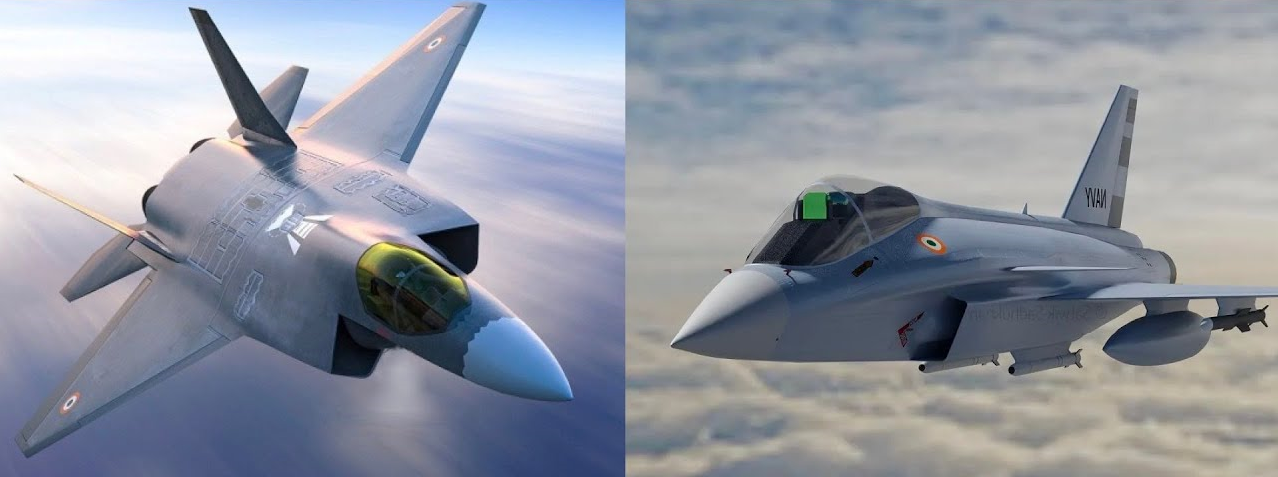
India’s Ministry of Defence (MoD) has embarked on an ambitious journey to develop and execute high-priority military projects under the Special Purpose Vehicle (SPV) model. This approach involves a government agency leading the project and partnering with private sector companies to develop critical technologies and components. While the SPV model holds great promise, it faces challenges and uncertainties, particularly in enticing major private sector players to participate fully in projects like the Indian Multi-Role Helicopter (IMRH), 5th generation Advanced Medium Combat Aircraft (AMCA), and Deck-based Twin Engine Deck Based Fighter (TEDBF) fighter jet programs for the Indian Navy.
The IMRH program, which seeks to develop a modern helicopter for the Indian armed forces, highlights the lukewarm response from private sector companies. Despite India’s growing foray into the defence sector over the past few decades, many private sector companies have limited themselves to tier-II supplier partnerships in defence programs. This cautious approach stems from concerns over the availability of a skilled talent pool and the profitability of their contributions. Private sector players are wary of entering projects that may not yield viable profit margins.
Continue readingSOURCE: RAUNAK KUNDE / NEWS BEAT / IDRW.ORG
The Ministry of Defence, Government of India, has announced its intent to procure 6,175 Multi-Spectral Camouflage Nets (MSCN) for High Altitude Areas, including Barren Mountains and Snow Bound Areas. This procurement initiative seeks participation from prospective bidders to provide this specialized equipment, designed to enhance the concealment and protection of critical military assets in challenging terrains.
The MSCN for High Altitude Areas (HAA), specifically Barren Mountains and Snow Bound Areas, is crafted from specially developed polymer-coated fabric with a disruptive pattern. The primary objective is to create a camouflage net that seamlessly blends with diverse environmental terrains while suppressing signatures in various ranges of the electromagnetic spectrum, including Visual, Infrared (IR), Thermal Infrared (TIR), and radar.
Continue readingSOURCE: RAUNAK KUNDE / NEWS BEAT / IDRW.ORG
India has recently granted Acceptance of the Necessity for the development of Long-Range Surface-to-Air Missiles (LR-SAM) under Project Kusha, a significant move to bolster the country’s air defence capabilities. While the formal acceptance took place last month, the program has been in development for several months, reflecting India’s commitment to indigenous defence technologies.
The LR-SAM system aims to deploy advanced missiles capable of detecting and neutralizing a wide array of threats, including stealth fighters, aircraft, drones, cruise missiles, and precision-guided munitions. The system is designed to have a range of up to 350 km, providing an extensive defensive shield against aerial threats.
Continue readingSOURCE: RAUNAK KUNDE / NEWS BEAT / IDRW.ORG
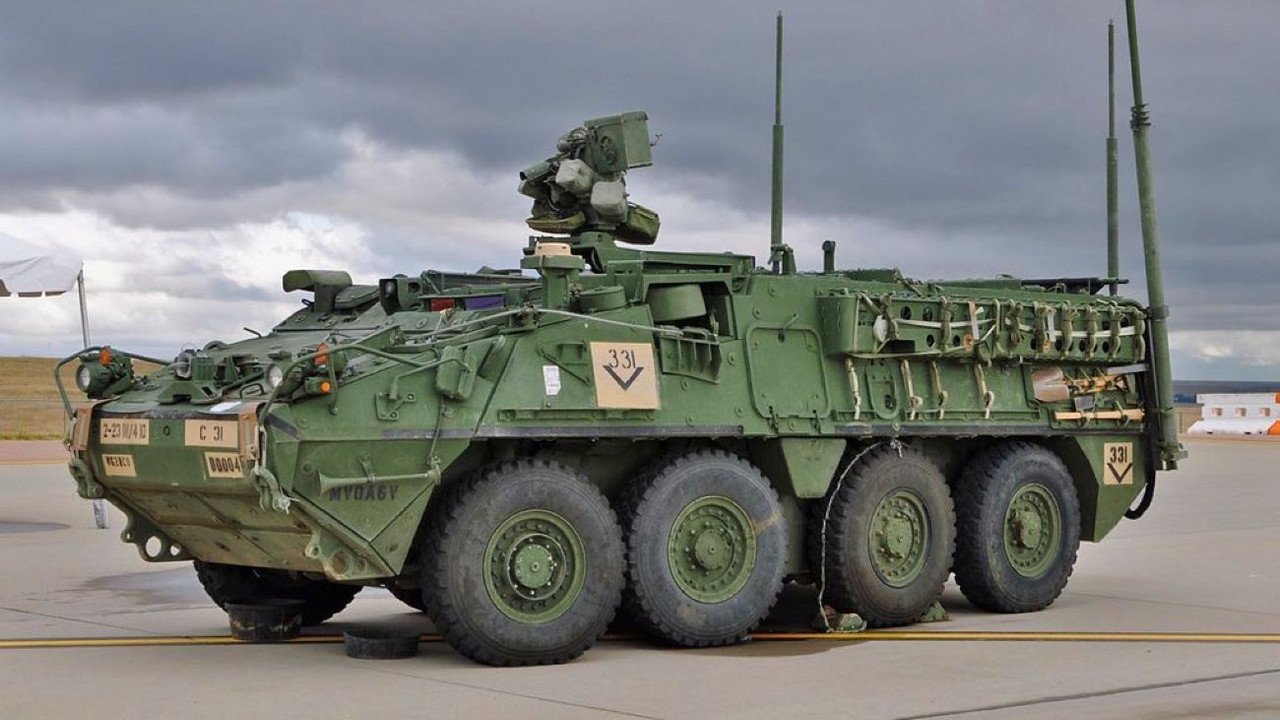
In the wake of the recent 2+2 ministerial consultations between the foreign and defence ministers of India and the United States, a senior US defence official announced plans for the co-production of the Stryker Armoured Fighting Vehicle (AFV). However, insiders familiar with the matter suggest that the deal may face challenges as the current variants of the Stryker might not align with the specific requirements of the Indian Army.
While there is enthusiasm from the American Military-Industrial Complex (MIC) for the sale of the Stryker, the Indian Army is reportedly cautious and is not seeking large-scale procurement. Technical evaluations indicate that Stryker may not offer substantial superiority compared to alternatives already presented by Indian companies, including Tata, Mahindra, and Kalyani.
Continue readingSOURCE: RAUNAK KUNDE / NEWS BEAT / IDRW.ORG
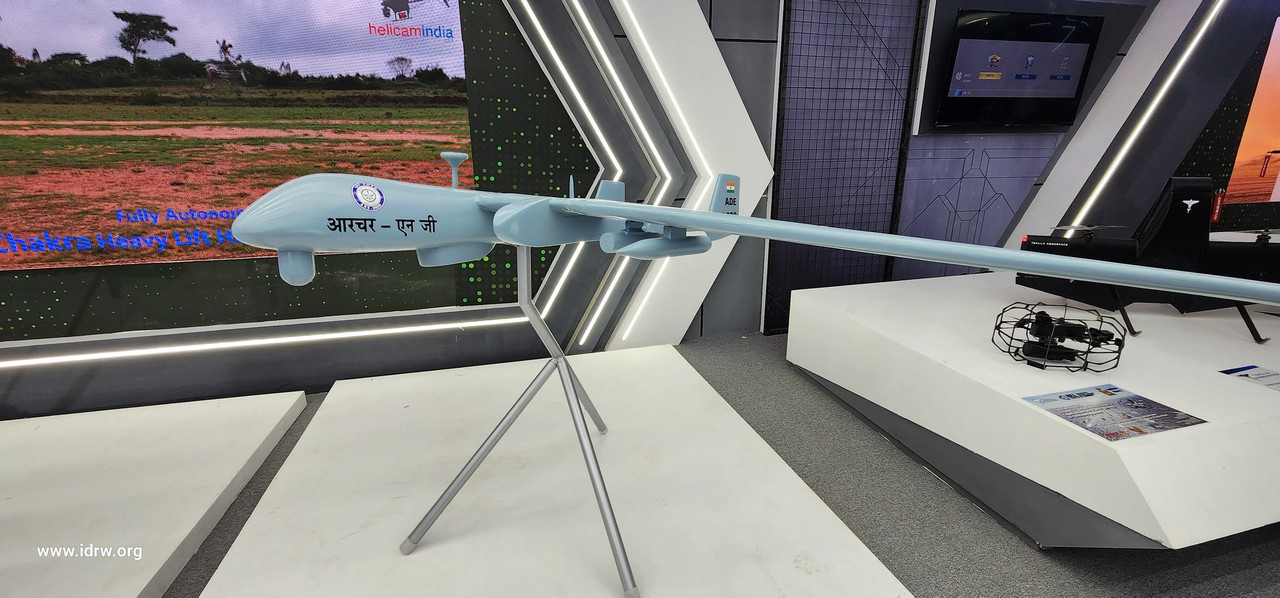
The Aeronautical Development Establishment (ADE) has recently issued a tender for support in the mechanical assembly and associated aero-mechanical activities of the Archer UAV (Unmanned Aerial Vehicle) at ADE and in ATR, Chitradurga. This initiative represents a significant step in advancing the development and deployment of cutting-edge UAV technology.
The tender outlines a comprehensive set of tasks to be carried out in the mechanical assembly process, emphasizing precision and adherence to specific engineering requirements. The key activities encompassed in the tender include:
Continue readingSOURCE: RAUNAK KUNDE / NEWS BEAT / IDRW.ORG

The Indian Army and Indian Air Force, which had initially sought to procure Russian Kamov Ka-226T ‘Hoodlum’ light utility helicopters, are now exploring other options due to uncertainties surrounding the over $1.2 billion tender initiated in 2014 for 200 of these helicopters. It appears that the Ministry of Defence (MoD) is considering scrapping the deal, as negotiations between Hindustan Aeronautics Limited (HAL) and Kamov have encountered numerous complexities, including issues related to technology transfer, indigenous content, and overall costs.
The Ka-226T ‘Hoodlum’ light helicopter, powered by two advanced Arrius 2G1 engines developed by Turbomeca (a Safran Group company), offers a level of performance that surpasses HAL’s 3-ton Light Utility Helicopter (LUH), which operates with a single HAL/Turbomeca Shakti-1U turboshaft engine. The Ka-226T’s advanced features, including FADEC-equipped engines, make it suitable for high-altitude operations, an essential capability in the rugged terrain of the Indian subcontinent.
Continue readingSOURCE: RAUNAK KUNDE / NEWS BEAT / IDRW.ORG
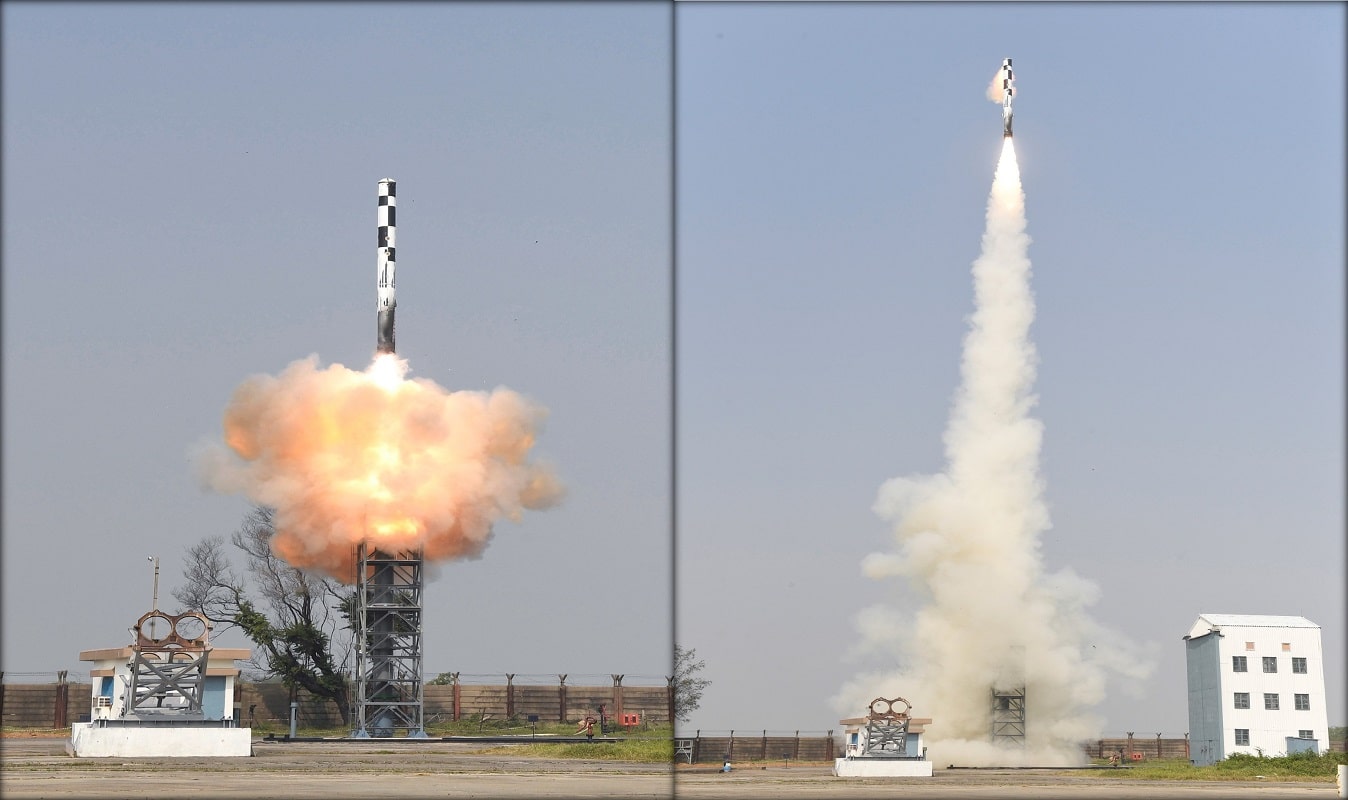
BrahMos Aerospace, the joint venture between India and Russia, is actively engaged in discussions with several countries, including Vietnam, the Philippines, Malaysia, and Brunei, for the potential sale of the BrahMos cruise missile. Atul Dinkar Rane, the CEO of BrahMos Aerospace, revealed that a growing number of nations from Asia, Africa, and South America have expressed interest in acquiring the versatile and powerful BrahMos weapon system.
The BrahMos cruise missile, known for its supersonic speed and precision, has become a sought-after defence asset globally. Rane highlighted ongoing negotiations with various countries and hinted at the possibility of securing more foreign orders in the coming months.
Continue readingSOURCE: RAUNAK KUNDE / NEWS BEAT / IDRW.ORG
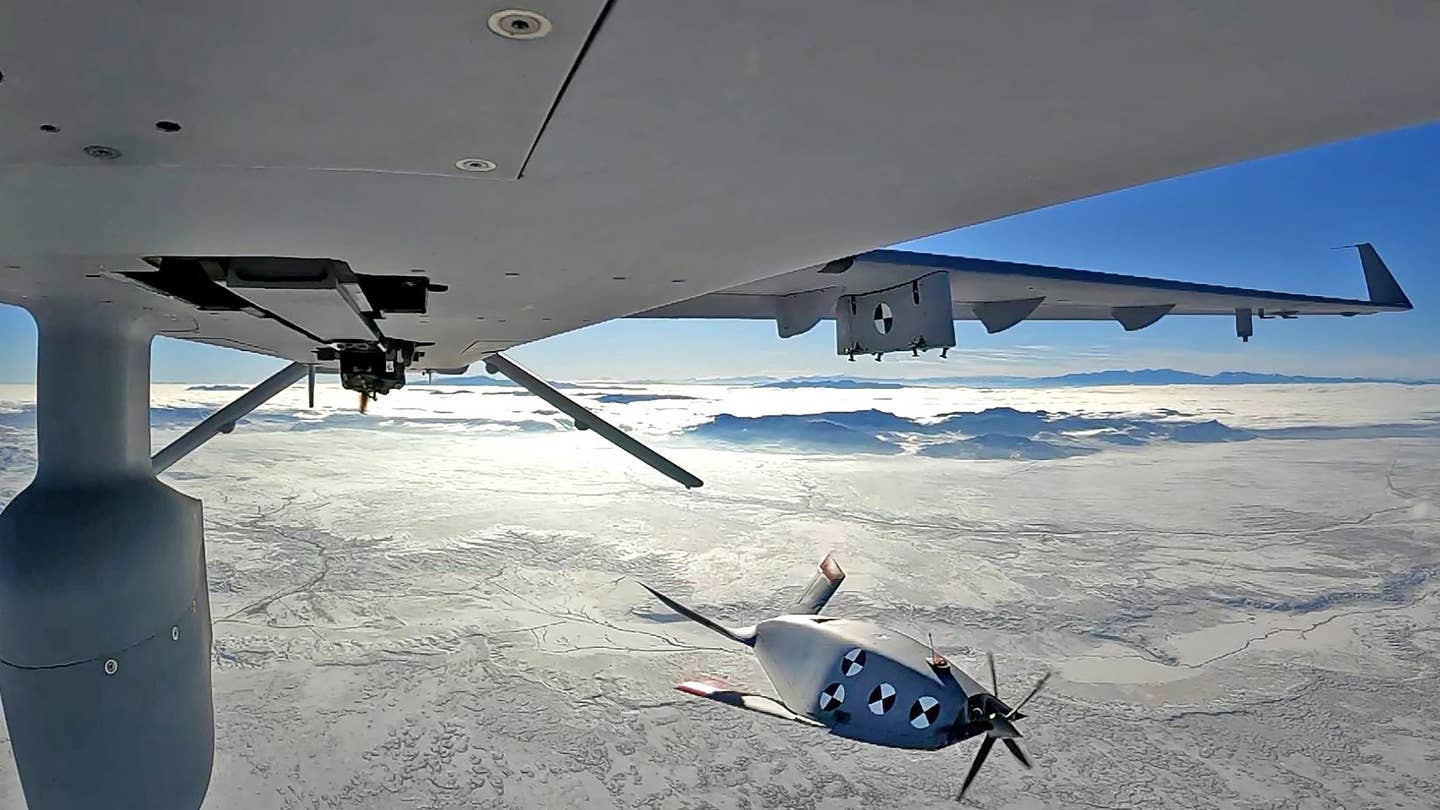
The Ukraine-Russia conflict, marked by its recent drone warfare, has showcased the importance of adapting and evolving unmanned aerial systems in modern warfare. At the beginning of the conflict, the Turkish Bayraktar TB2, a medium-altitude, long-endurance unmanned combat aerial vehicle (UCAV), was touted as a game-changer in Ukraine’s favour. However, as Russia bolstered its air defence systems, the TB2 drones quickly lost their effectiveness and became susceptible to countermeasures, forcing Ukraine to reduce their usage significantly.
In response to these challenges, Indian startups are now at the forefront of developing a Multi-Mission Recoverable Small Unmanned Aerial System (UAS). This innovative technology is designed to enhance the reconnaissance capabilities of medium-altitude, long-endurance (MALE) and high-altitude, long-endurance (HALE) UAVs before they enter high-risk operational areas.
Continue readingSOURCE: RAUNAK KUNDE / NEWS BEAT / IDRW.ORG
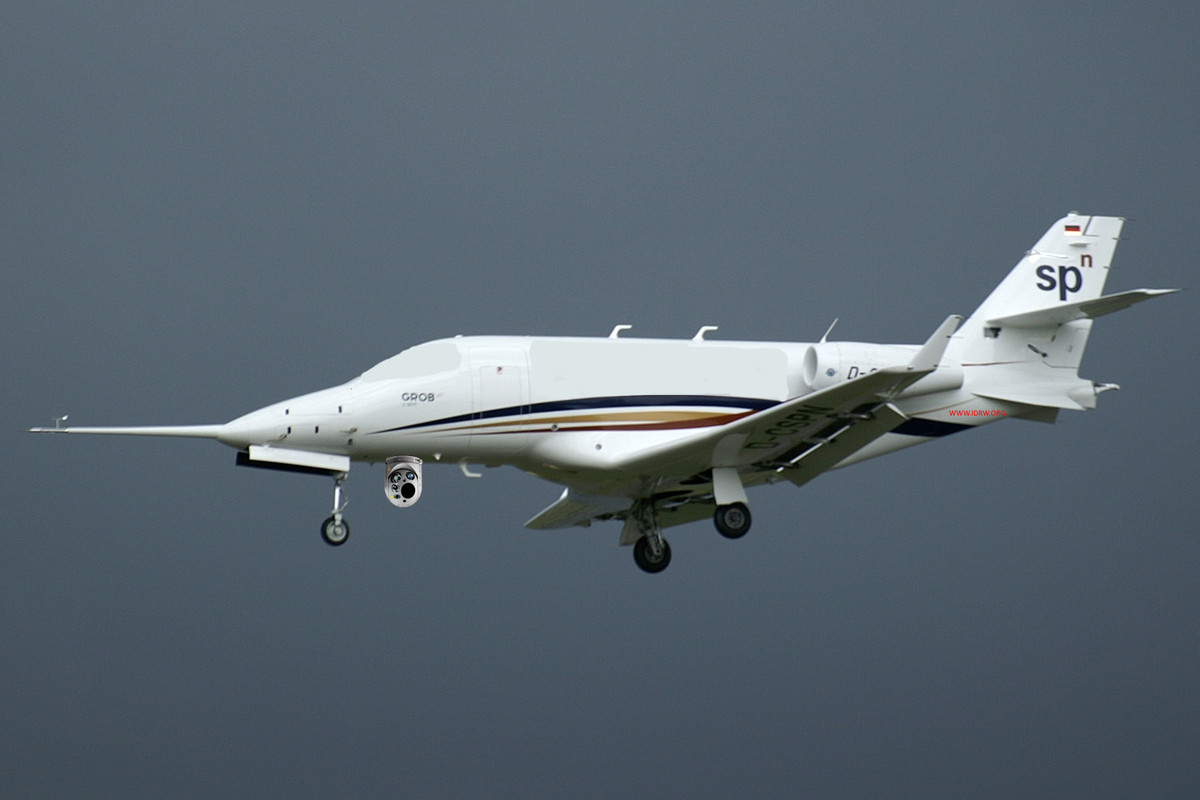
Tata Advanced Systems Limited (TASL), an Indian aerospace and defence company, has embarked on an innovative journey to transform the Grob G180 SPn, a low-wing twin-engined composite corporate jet originally designed and built by German aircraft manufacturer Grob Aerospace.
TASL acquired the intellectual property rights for this aircraft and is now considering converting it into a state-of-the-art Unmanned Aerial System (UAS) designed for Intelligence, Surveillance, and Reconnaissance (ISR) missions. This ambitious project aims to create a UAS with performance and operational characteristics at the top end of the UAS High Altitude Long Endurance (HALE) category.
Continue readingSOURCE: RAUNAK KUNDE / NEWS BEAT / IDRW.ORG

The Ministry of Defence in India is embarking on a mission to enhance the mobility and logistical capabilities of the Indian armed forces. The ministry is planning to procure approximately 5,000 Lorry 5/7.5 Ton General Service 4×4 vehicles, along with 2,500 Truck 2.5 Ton General Service 4×4 vehicles. These vehicles are designed to serve as versatile and rugged load carriers, facilitating the transportation of critical equipment and supplies to various operational areas.
The primary objective behind the procurement of these vehicles is to bolster the Indian armed forces’ transportation and logistics infrastructure. The 5/7.5 Ton General Service 4×4 vehicles are engineered to exhibit impressive payload capacities, capable of carrying 5 tons in challenging terrains such as hills, high altitudes, cross-country, and deserts while delivering a capacity of 7.5 tons in plains. These vehicles are envisioned to be the workhorses of the armed forces, ensuring that essential supplies and equipment can be efficiently transported to even the most remote and demanding locations.
Continue readingSOURCE: RAUNAK KUNDE / NEWS BEAT / IDRW.ORG
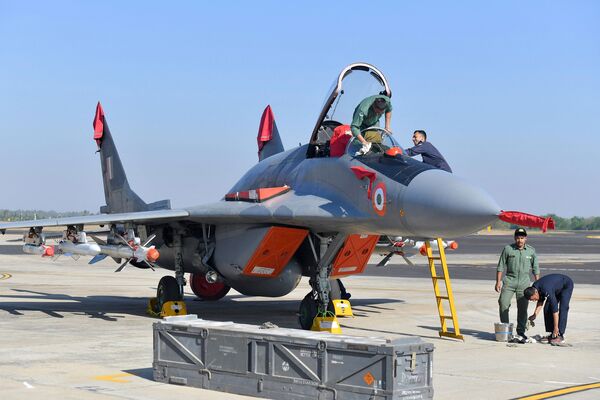
The Indian Air Force (IAF) is setting its sights on enhancing the capabilities of its MiG-29 aircraft by integrating a Stand Off Weapon (SoW) with a range of over 180 kilometres. This significant upgrade is poised to further bolster the IAF’s operational effectiveness and strategic reach. The project aims to integrate the SoW seamlessly onto the MiG-29 aircraft within a 12-month timeline, following the signing of the contract.
The move comes on the heels of the Indian Navy’s successful integration of the Israeli Rampage Long Range Air-to-Ground Precise Strike Weapon on its Mig-29k fleet, highlighting India’s commitment to modernizing its defence capabilities.
Continue readingSOURCE: RAUNAK KUNDE / NEWS BEAT / IDRW.ORG

The Indian Navy is currently grappling with a missile procurement challenge, prompting it to consider the induction of the SCALP Naval missile system as a temporary solution. Developed by MBDA Systems, the SCALP Naval missile is a long-range, sea-launched, surface attack, stand-off cruise missile that has been successfully deployed by the French Navy on its Scorpene class submarines. However, this temporary measure may be necessary because India’s indigenous cruise missile program is still several years away from production.
The Indian Navy has unique requirements when it comes to striking offshore targets, including military and economic infrastructures. Long-range cruise missiles are essential for these operations, and the Indigenous Long-Range Land Attack Cruise Missile (LRLACM) program is seen as a viable solution. However, this indigenous program faces delays, making the induction of the SCALP Naval missile a potentially practical interim measure.
Continue readingSOURCE: RAUNAK KUNDE / NEWS BEAT / IDRW.ORG

The Indian Navy’s Twin Engine Deck Based Fighter (TEDBF) program is poised to achieve a groundbreaking level of commonality with the Indian Air Force’s (IAF) 5th generation Advanced Medium Combat Aircraft (AMCA) program. This strategic move emphasizes the nation’s commitment to efficient resource utilization and technological synergy.
The TEDBF program is set to adopt nearly 60 per cent of the components and systems that are being developed for the AMCA program. This high degree of commonality between the two programs will result in significant benefits, including reduced development costs, streamlined logistics, and enhanced maintenance efficiency.
Continue readingSOURCE: RAUNAK KUNDE / NEWS BEAT / IDRW.ORG

The Indian Army and Indian Air Force are set to procure 16 MQ-9B SkyGuardian Remotely Piloted Aircraft Systems (RPAS), which will come equipped with Electronic Warfare and Airborne Early Warning sensor payloads. These high-altitude, long-endurance (HALE) unmanned aerial vehicles (UAVs) will be stationed in North India to monitor the Line of Control (LOC) and Line of Actual Control (LAC) with both China and Pakistan.
The MQ-9B SkyGuardian is designed to provide extended flight capabilities, with the ability to fly over the horizon via satellite for over 40 hours in various weather conditions. It is engineered to safely operate in civil airspace, offering real-time situational awareness for joint forces and civil authorities, day or night.
Continue readingSOURCE: RAUNAK KUNDE / NEWS BEAT / IDRW.ORG
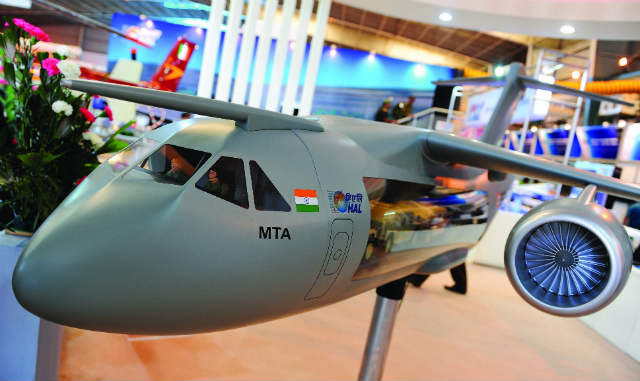
The Indian Air Force (IAF) is in the process of conducting a comprehensive evaluation to determine the requirements for the procurement of 80-100 Medium Transport Aircraft (MTA) that will serve as replacements for the ageing fleet of over 100 Soviet-era An-32 Transporters. These replacements are expected to enter service from 2030 onwards. HAL (Hindustan Aeronautics Limited), India’s state-owned aerospace and defence company, is eagerly awaiting the results of this evaluation to understand the specific load-carrying capabilities desired by the IAF.
Earlier this year, the IAF issued a Request for Information (RFI) that outlined a rather vague load-carrying capacity requirement of 18-27 tonnes. This left room for ambiguity, as only two of the three aircraft on offer met this criterion. However, the recent acquisition of the C-295 from Airbus by the IAF, which falls into the same category as the An-32, suggests that the MTA may require a load-carrying capacity of over 30-35 tons. This, in turn, could lead to only one transporter qualifying, which is the A400.
Continue reading